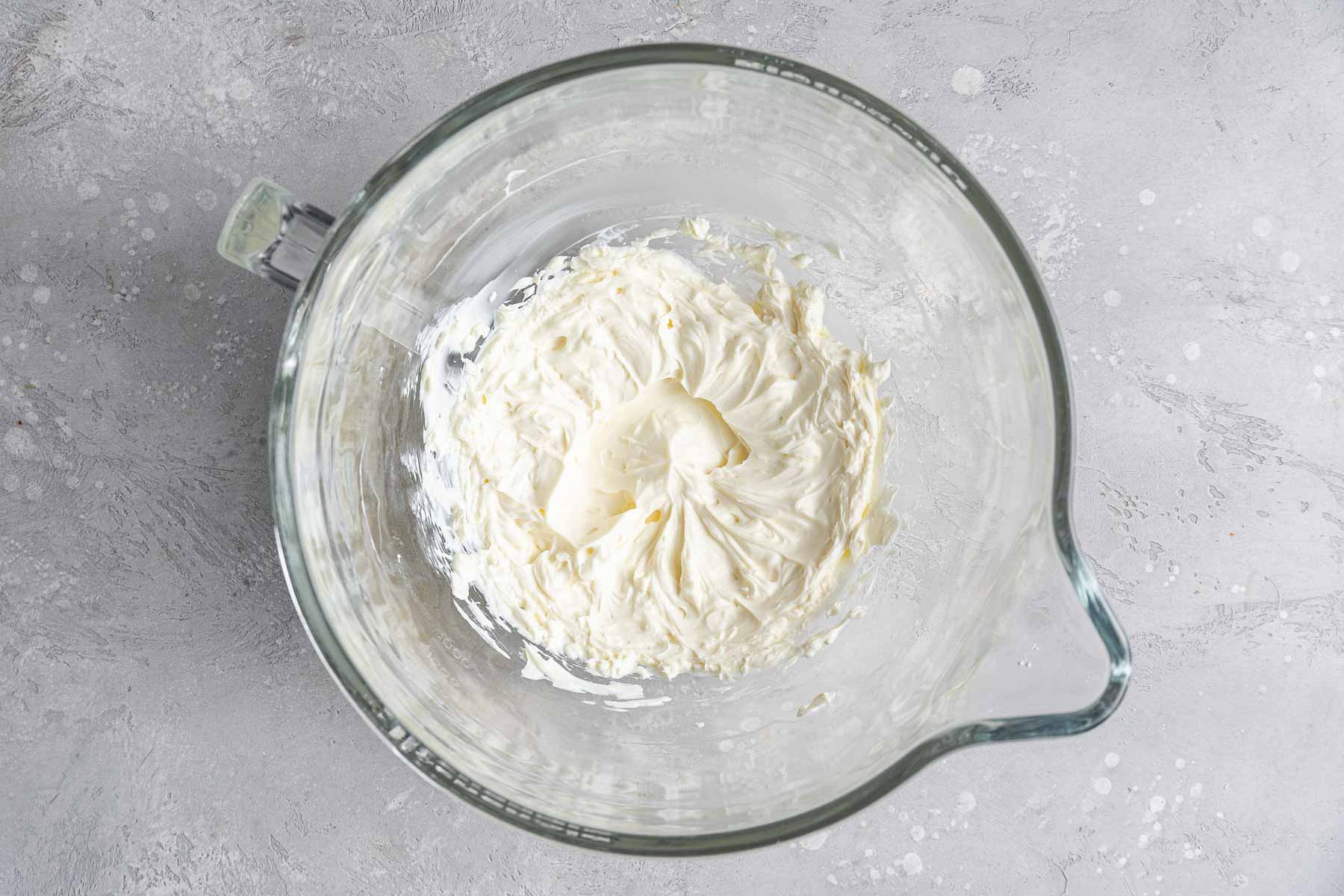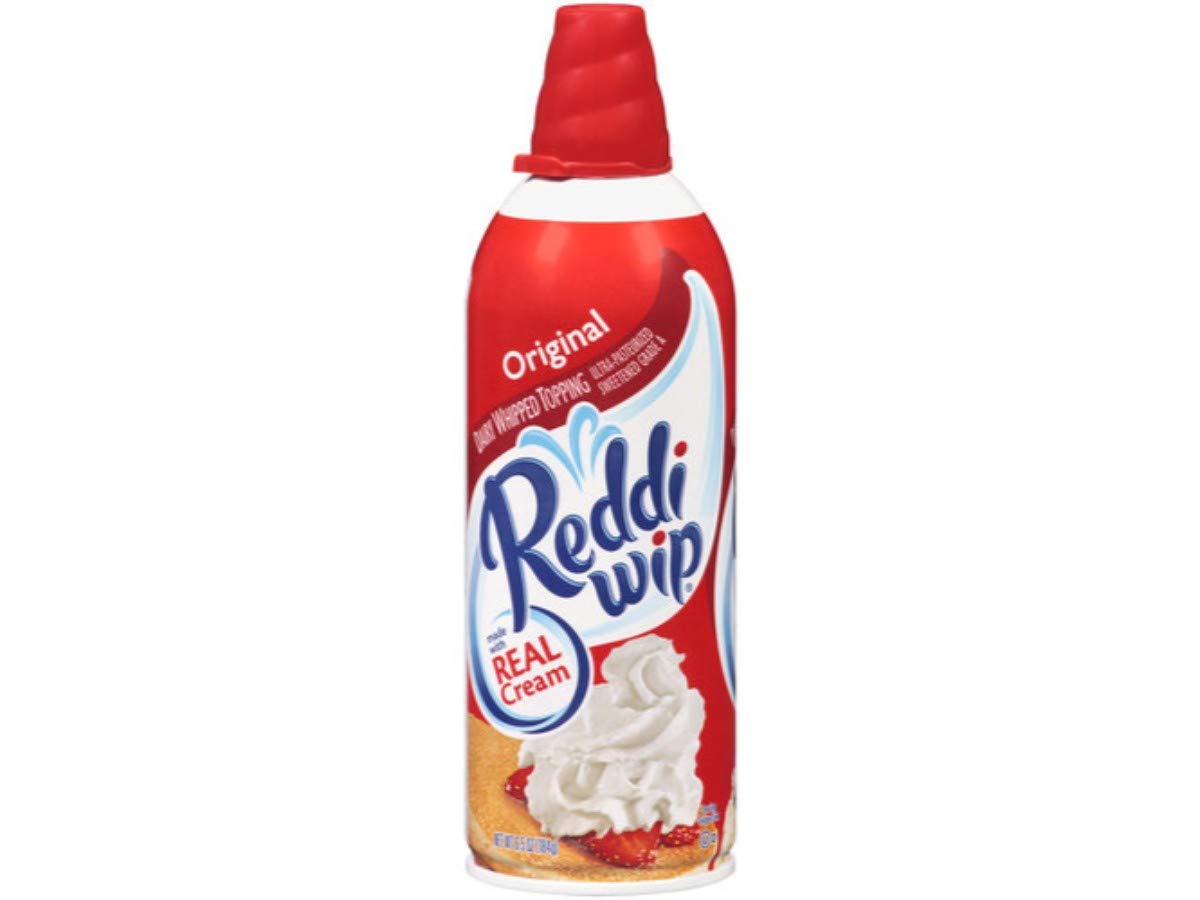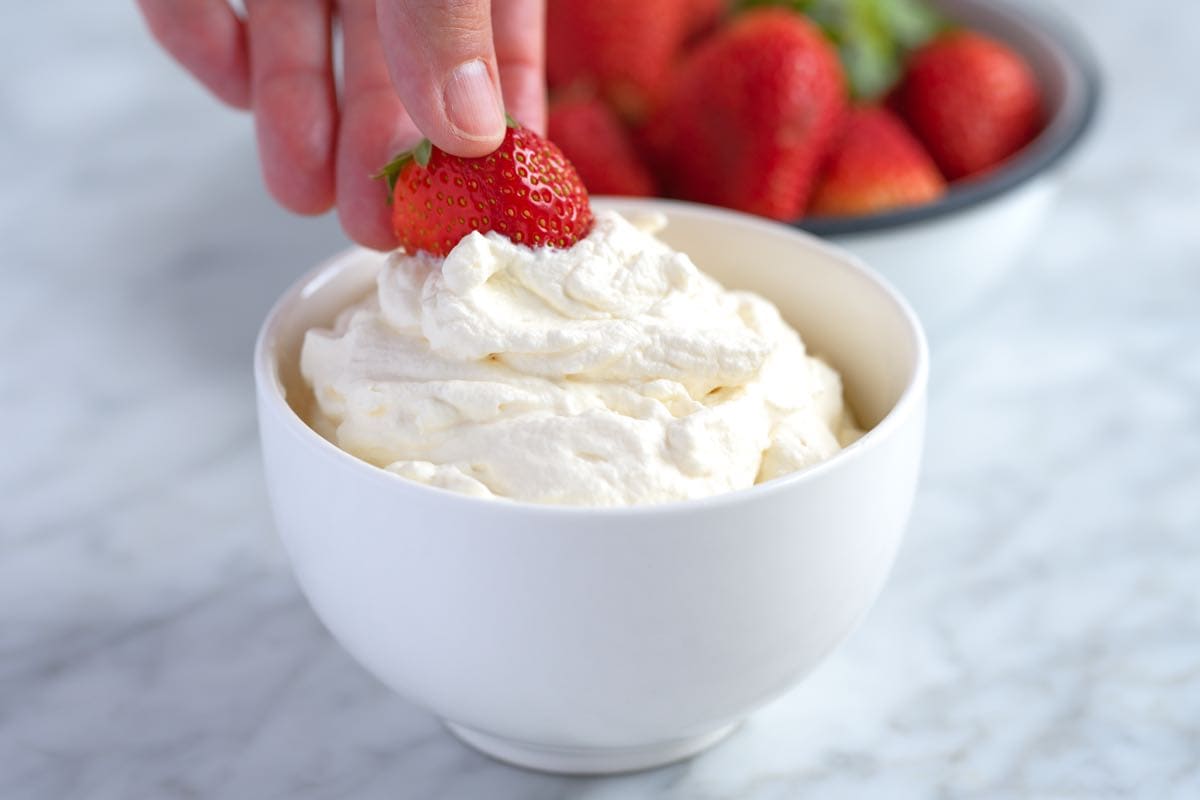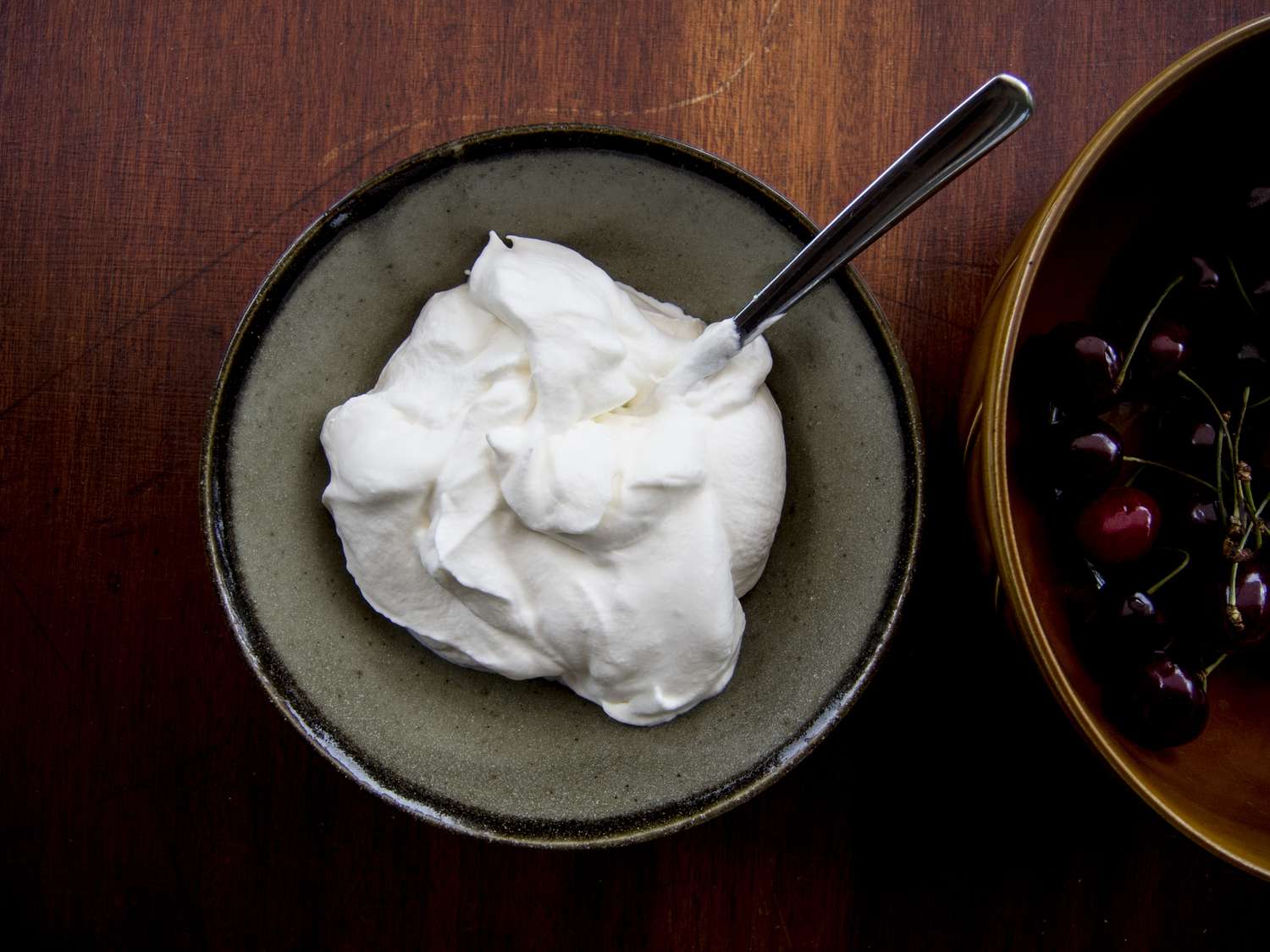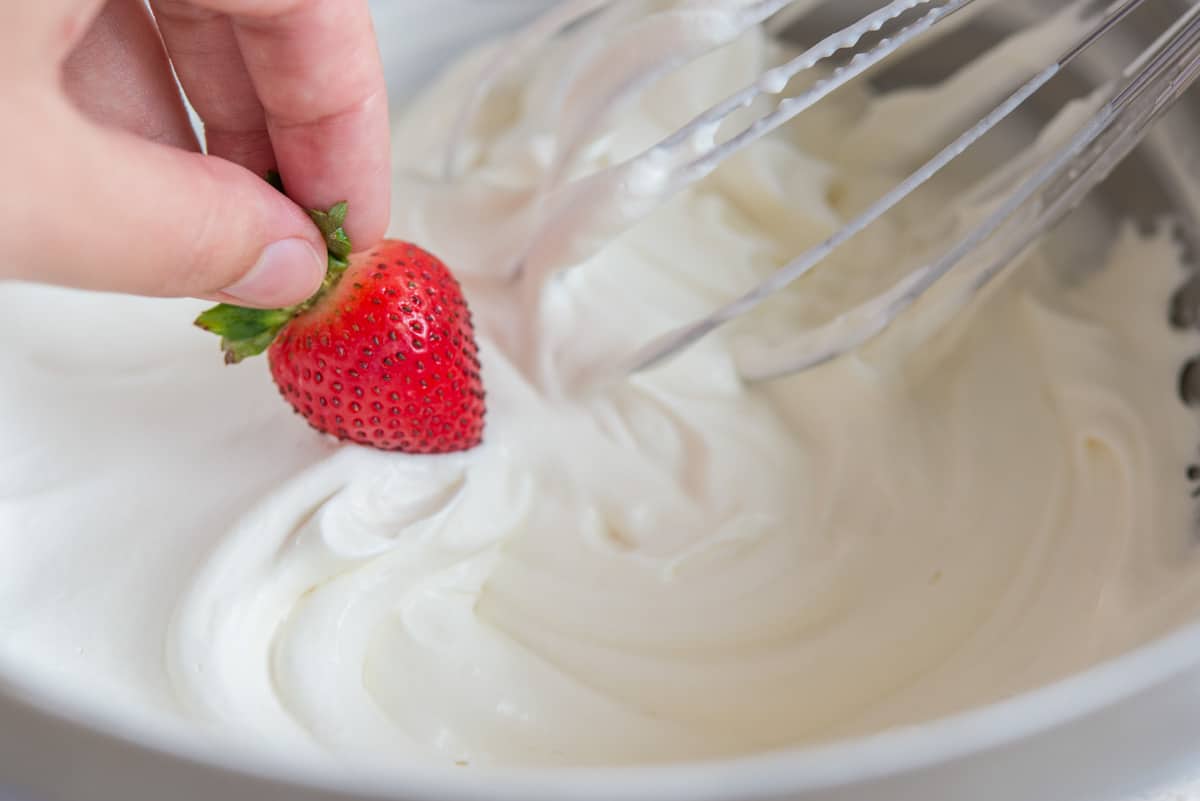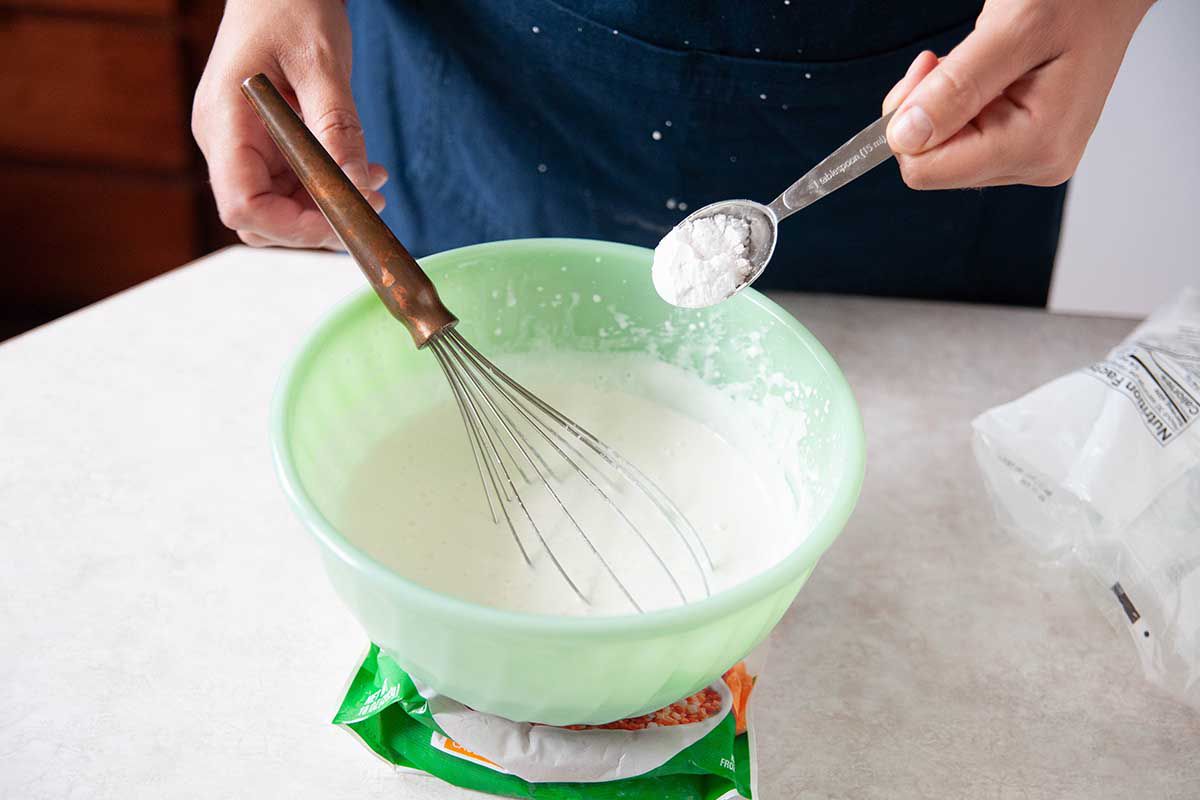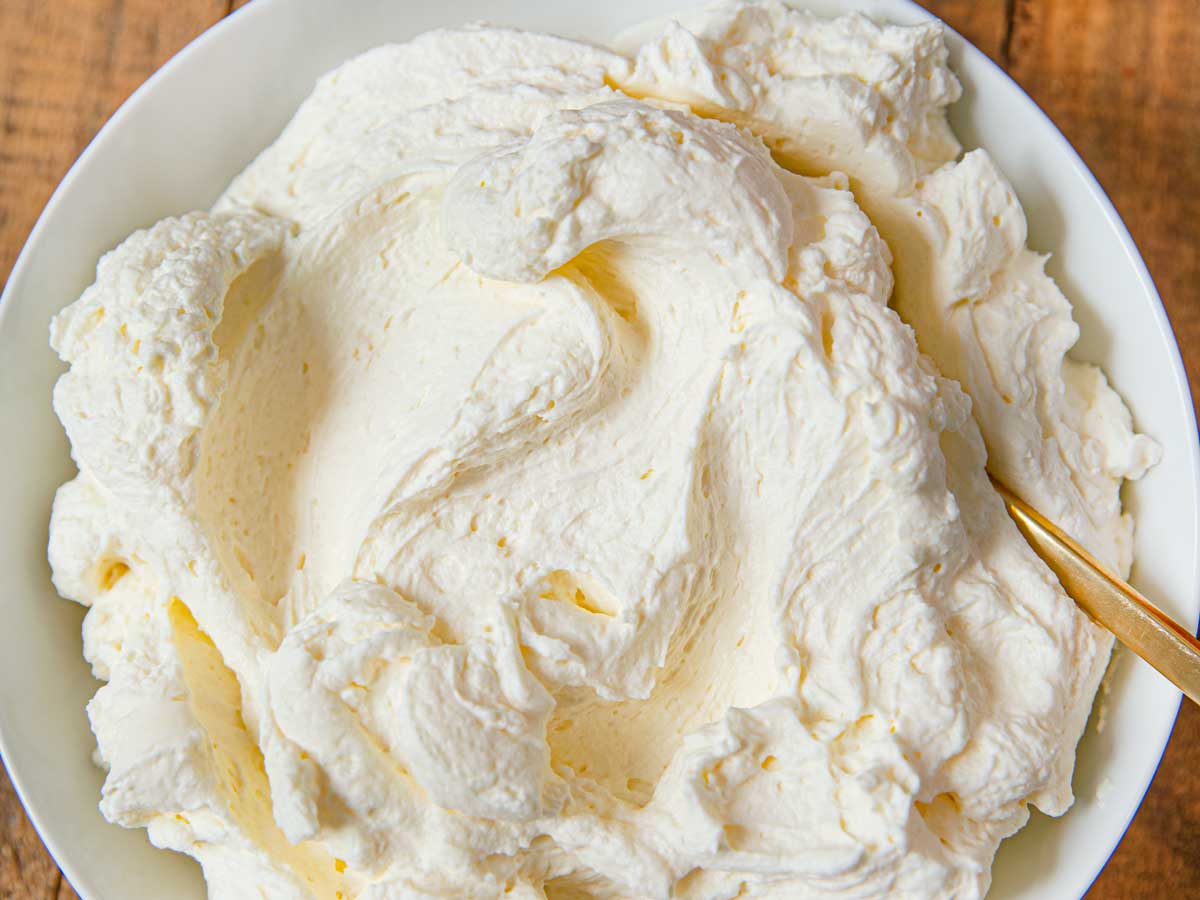Whipping Milk at Home: A Step-by-Step Guide
Whipping milk at home is a simple and fun process that can elevate your cooking and baking endeavors. Whether you want to create a frothy topping for your favorite hot chocolate or incorporate airy whipped milk into your dessert recipes, mastering the art of whipping milk at home is a skill worth acquiring. With just a few basic tools and some patience, you can achieve perfectly whipped milk right in your own kitchen.
What You’ll Need
Before you begin, gather the following items:
Step 1: Choose the Right Milk
For best results, start with cold milk. Whole milk or heavy cream are ideal for whipping, as they contain a higher fat content, which helps create a light and airy texture.
Step 2: Chill Your Tools
Place the bowl and whisk or beaters in the refrigerator for a few minutes to ensure they are cold. This will help the milk whip up faster and achieve a better consistency.
Step 3: Begin Whipping
Pour the cold milk into the chilled bowl. Using a whisk or hand mixer, start whipping the milk at a low speed. As air is incorporated, the milk will begin to froth and increase in volume.
Step 4: Increase Speed
Once the milk starts to thicken, you can gradually increase the speed of your whisk or mixer. Continue whipping until soft peaks form. Be careful not to overwhip, as the milk can quickly turn into butter if beaten for too long.
Step 5: Serve or Use as Desired
Once the milk has reached the desired consistency, it’s ready to be used in your favorite recipes or served as a delightful topping. Enjoy the light and fluffy texture that you’ve created right in your own kitchen!
Tips for Success
Here are a few additional tips to help you achieve the perfect whipped milk:
- Use a cold bowl and cold utensils to speed up the whipping process.
- Be patient and start at a low speed when whipping the milk to ensure a smooth and even texture.
- Experiment with different types of milk and flavorings to create unique whipped milk variations.
Now that you’ve mastered the art of whipping milk at home, you can add a touch of elegance to your favorite beverages and desserts. Whether you’re indulging in a creamy latte or savoring a decadent dessert, whipped milk adds a delightful element that elevates the overall experience. So, grab your whisk and a cold carton of milk, and start whipping up something delicious today!
Was this page helpful?
Read Next: How To Whip Rosin


